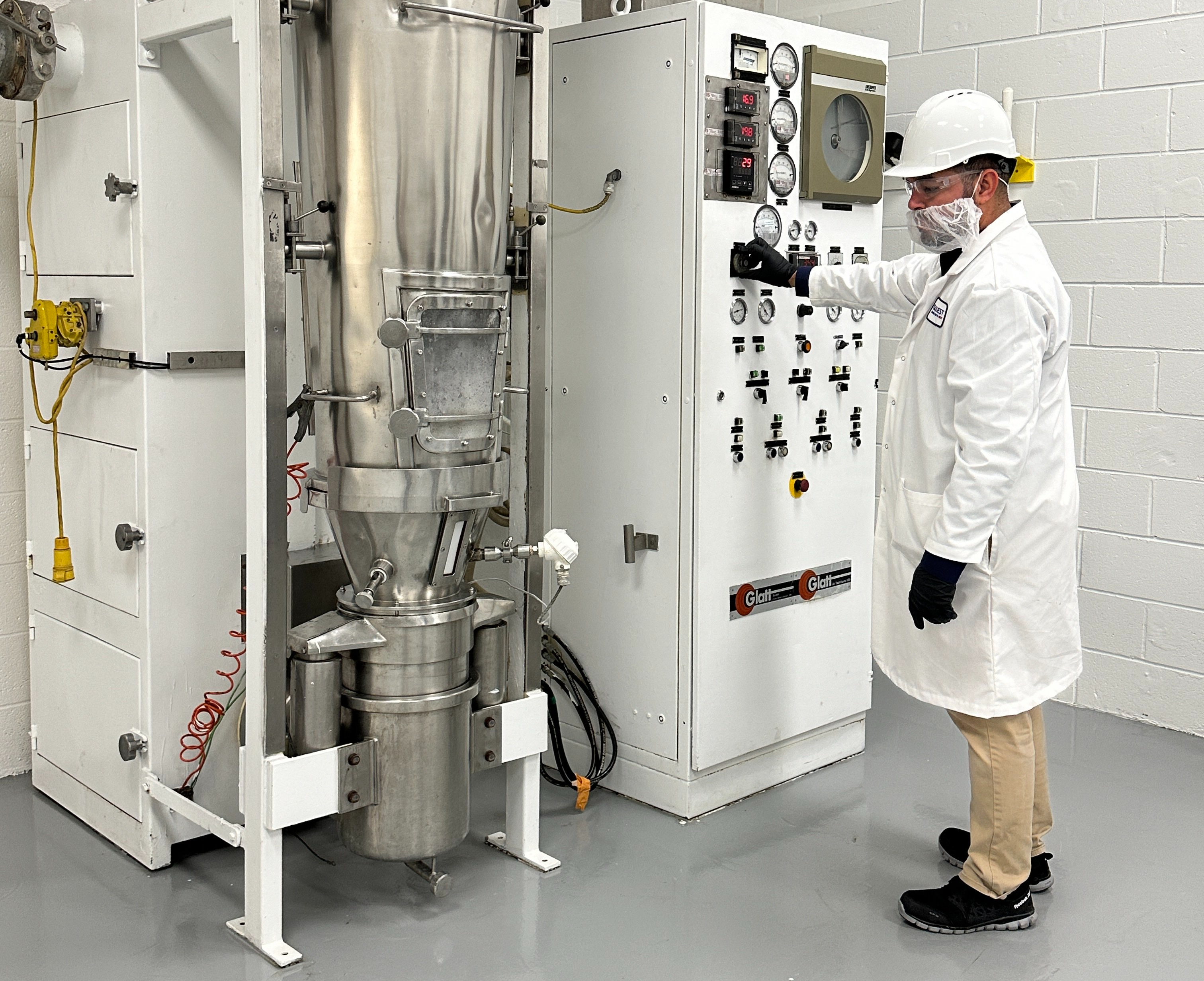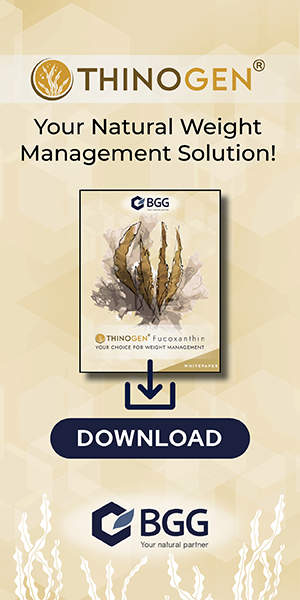
WholeFoods Magazine
The Art of Powder Crafting: Understanding Agglomeration, Granulation & Microencapsulation

Today’s health and wellness consumers are a lot more sophisticated than they were just 10 years ago. They want and are asking for higher-quality products with clean-label ingredients, and they expect to have a better customer experience. When it comes to powder supplements, they want options that are less dusty, that are more uniform, and that have exact, consistent flavor. Fluid bed technology enables that consistent uniformity that today’s market demands.
For those who are unfamiliar with Fluid bed technology, it serves as a versatile process for new particle creation, particle coating, drying and physical powder modifications, including particle size, density, porosity, and uniformity. These are key characteristics that impact product quality, sensory, performance and consistency.
Fluid bed technology enables granulation, agglomeration, and microencapsulation of liquid and powder components. These processes are instrumental in customizing and modifying a product’s intended flow, compression, mixability, and sensory attributes of consumable powder, tablet, and capsule applications. Now, let's delve into each of these processes to better understand their significance in crafting the perfect powder system.
- Granulation – The use of wet and dry granulation helps to facilitate the creation of dense, uniform particles from lighter, flightier particles, resulting in powders with less surface area, less dust, less caking and improved flow, compaction, and compression properties. Granulated powders are suitable for tablet, capsule, chewable, stick pack, sachet, flavor, sweetener, tea bag, confection, food and personal care applications.
- Agglomeration helps build light, porous, low-density particles from loose, inconsistent particles, creating powders that have improved performance, flow, appearance, uniformity, dispersion, disintegration, mixability, and more. Agglomerated powder is suitable for tablets, capsules, stick packs, sachets, flavors, sweeteners, meal replacements, smoothies, teas, coffees, instant soups, snack bars and functional beverage applications.
- Microencapsulation enables cohesion and application of liquid and dry components forming uniform particles by spraying complete or partial coatings or multiple coating layers on intended particles. Microencapsulation creates a functional barrier between the encapsulated agent(s) and the surrounding environment providing intentional protection, tastemasking, stability and release of select ingredients and flavors. Microencapsulated ingredients are suitable for tablet, capsule, chewable, gummy, stick pack, sachet, effervescent and instantized food, beverage & personal care applications.
Research forecasts that the global powder dietary supplement market, which was a robust $35.9 billion in 2022, will grow to $75.2 billion by 2032. As the market continues to expand and consumer tastes and preferences evolve, the advanced capabilities of fluid bed processing, including granulation, agglomeration, and microencapsulation, will help supplement manufacturers and marketers innovate to stay ahead of consumer trends and expectations.
Any brand or industry that offers consumable powder products can benefit from these services. This includes dietary supplement companies, those in the functional food and beverage industry, RTD & RTM drink systems, confectionaries, flavor, and personal care companies.
In addition to benefits around flavor and custom particle design, powder crafting using fluid bed technology helps improve the functionality of particles and improves powder flow and uniformity. It allows brands to differentiate their products to help them stand out in a crowded consumer market, while improving their products’ stability and shelf life, and improves quality in the production process from formulation until the product reaches store shelves. Ultimately, these fluid processes enable more efficient manufacturing and packaging of powders and elevates the user experience of these products.








